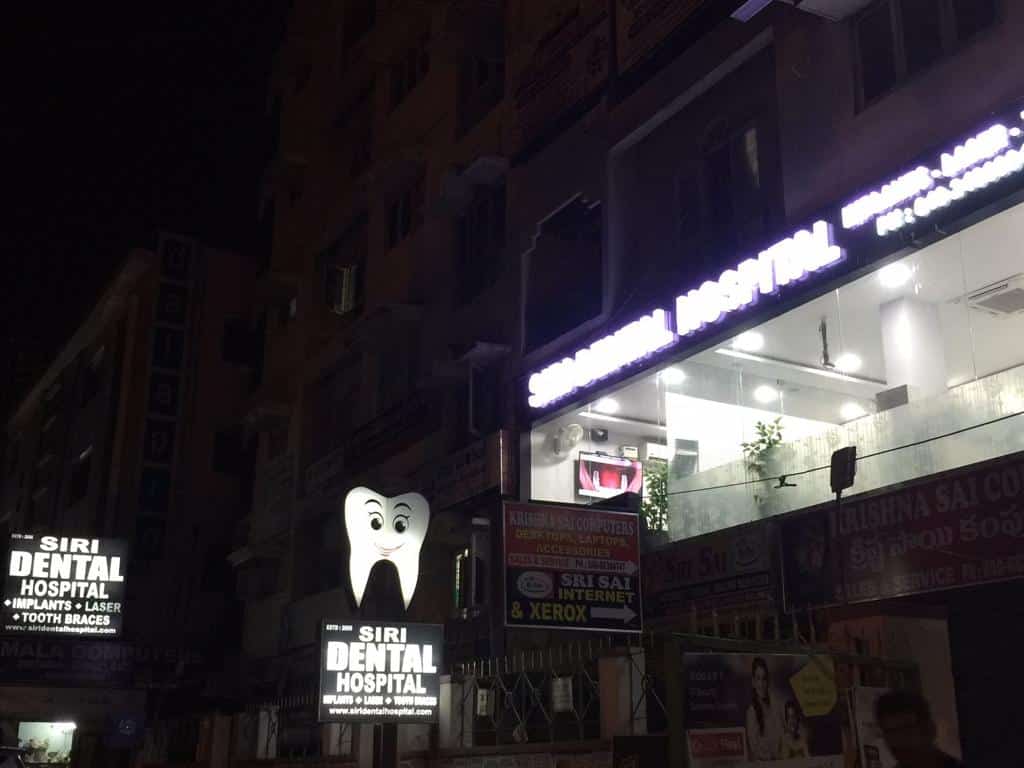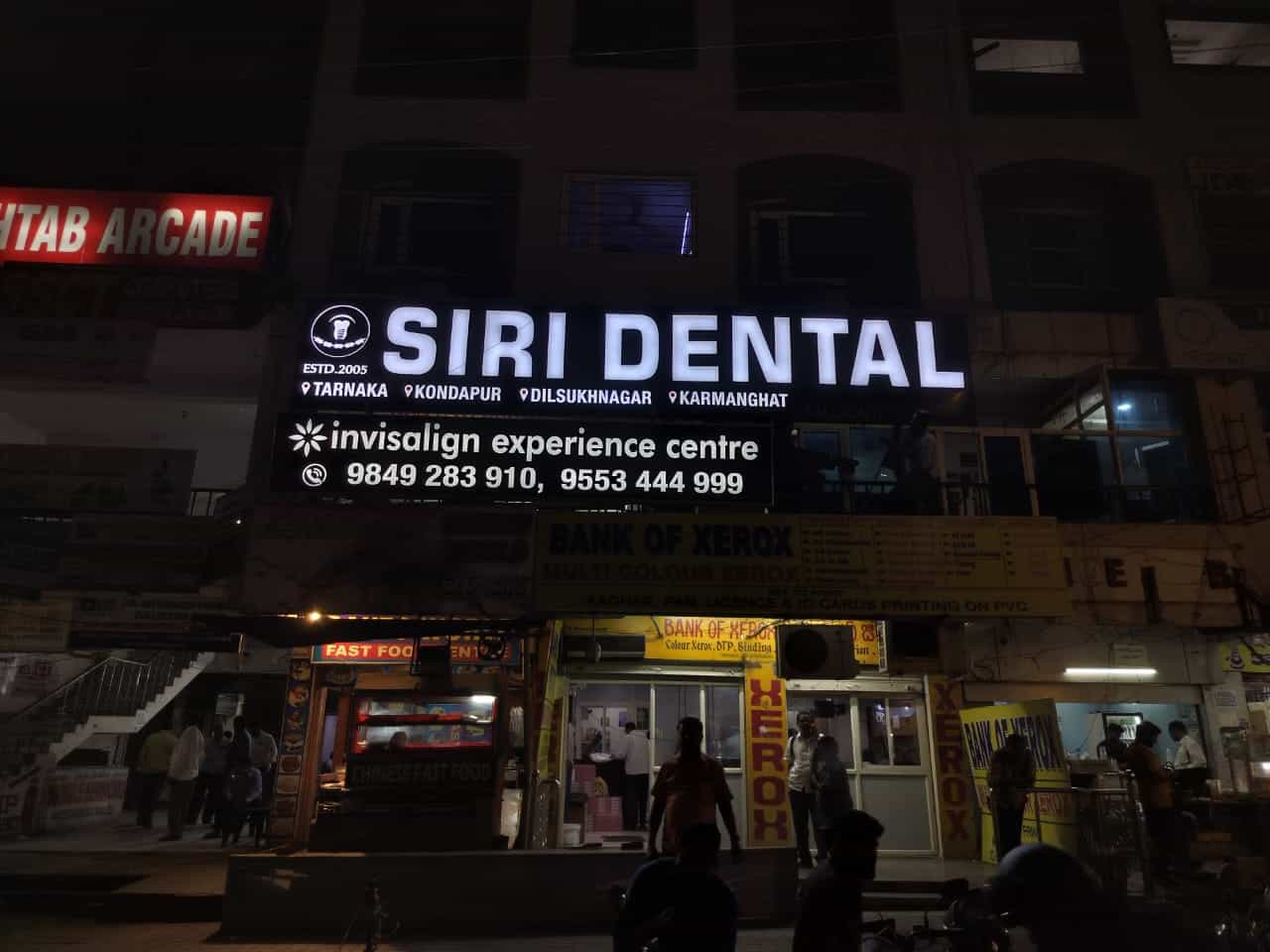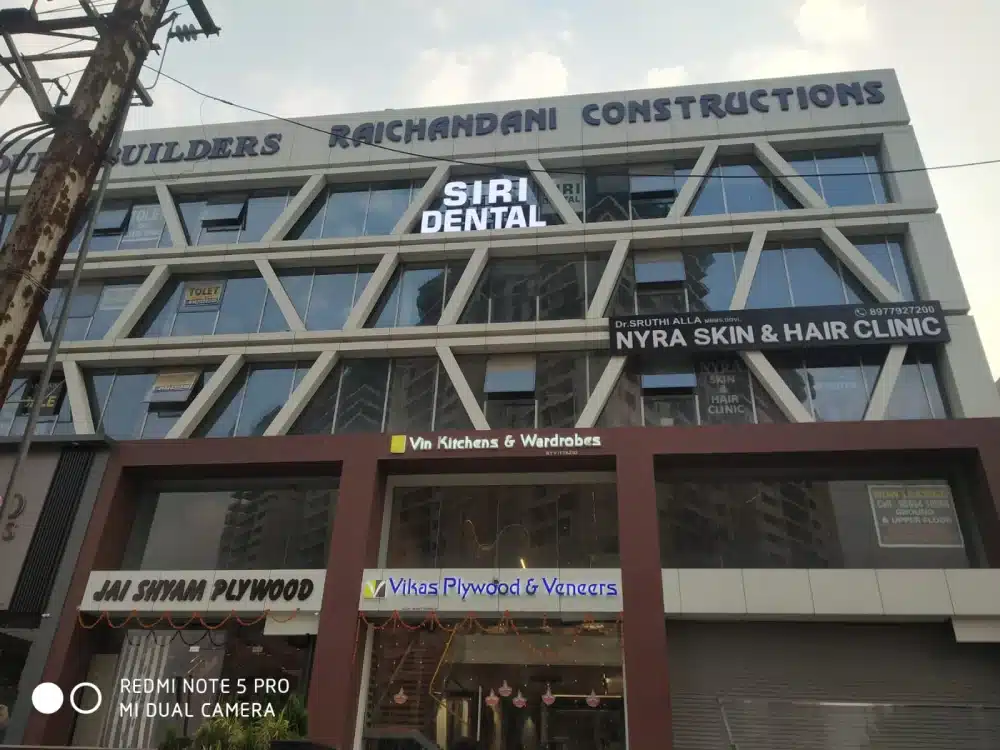Gingivitis and Periodontitis
Author:
Gingivitis
Gingivitis means inflammation of the gums or gingiva. It’s a common and mild form of gum disease that commonly occurs because a film of plaque, or bacteria, accumulates on the teeth and gumline. Gingivitis is a non-destructive type of periodontal disease, but untreated gingivitis can progress to periodontitis.
If you have gingivitis, your gums may be irritated, red, and swollen. They may bleed when you brush your teeth.
SOME COMMON CAUSES :
- Poor oral hygiene.
- Brush too hard or your toothbrush isn't soft enough.
- Just started a flossing routine and your gums aren't used to it yet.
- Taking certain medications, like blood thinners.
- Have inflamed gums because you're pregnant (pregnancy gingivitis).
- Have dentures that don't fit well.
- Smoking/tobacco use is one of the greatest risk factors associated with gum disease.
- Chronic diseases, such as diabetes, cancer, and HIV, impair the body’s ability to fight infection, including gum disease.
- Stress is another one of many causes of gingivitis.
SIGNS AND SYMPTOMS:
- Red, puffy gums.
- Bleeding gums.
- Sore gums.
- Tooth pain or sensitivity.
- Bad breath.
- Loose teeth.
TREATMENT :
Treating and preventing gingivitis is all about eliminating as much plaque from your teeth and gums as possible. Make a dental appointment as soon as possible because tartar can only be removed by a dental professional.
PERIODONTITIS :
If you don’t take care of your gingivitis, it can lead to periodontal disease, or periodontitis, a long-term gum condition that damages the tissue and bone that support your teeth. If you have periodontitis, your gums may become inflamed and infected and pull away from the roots of your teeth. When your gums bleed easily, it could be a sign of periodontal disease. Your teeth may get loose or separate. You could also get bad breath, a bad taste in your mouth, a change in how your teeth fit together when you bite, and red, swollen, tender gums.
So if you don’t treat periodontal disease, you can lose some of your teeth.
CAUSES :
Bacteria in the mouth infect tissue surrounding the tooth, causing inflammation around the tooth leading to periodontal disease. When bacteria stay on the teeth long enough, they form a film called plaque, which eventually hardens to tartar, also called calculus.
SIGNS AND SYMPTOMS :
- Gums that bleed when you brush your teeth or floss.
- Bad breath.
- Receding gums.
- Red, tender, or swollen gums.
- Buildup of plaque or tartar on your teeth.
- Pain when chewing.
- Tooth loss.
- Foul taste in your mouth.
- Inflammatory response throughout your body.
TREATMENT :
- Tooth Scaling and Root Planning.
- Flap Surgery.
- Grafts.
- Chlorhexidine Chip.
- Doxycycline Pill.
Doxycycline Gel :
Gel that contains doxycycline (an antibiotic) provides periodontal disease treatment by killing bacteria and shrinking the pockets that periodontal disease can cause along the gum line.







